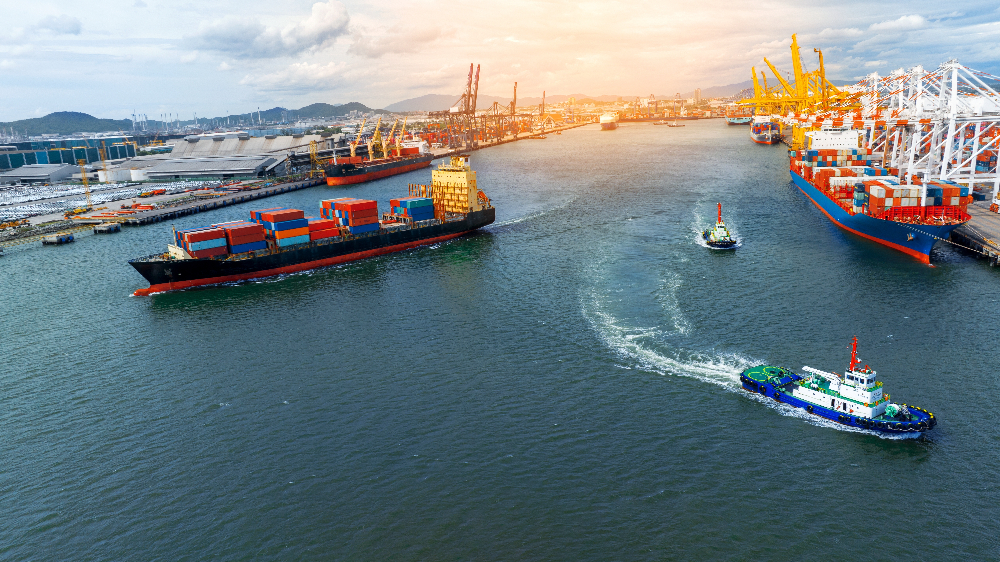Regulation driving harbour craft fuel changes

Specific regulation is driving the adoption of alternative-fuel harbour craft in some regions— for example, Singapore has banned new fossil fuel harbour craft from 2030, mandating full biofuel or net zero fuel compatibility by the deadline. Singapore’s 2030 deadline is its own step towards meeting the commonplace goal across the maritime industry of net zero operations by 2050.
The regulatory incentive has also been heard from tug designers, builders, operators, and engine manufacturers. Svitzer has cut thousands of tonnes of CO2 from its operations by reducing tug speeds before and after assisting vessels, and by the use of biofuels in its UK tugs; those operational changes and recent work with an engine manufacture to explore methanol dual-fuel retrofits for the fleet are in pursuit of ambitious targets of a 50% cut in carbon intensity from operations by 2030 and carbon neutral operations by 2040.
As of early May 2022, DNV’s Alternative Fuels Insight (AFI) platform listed 24 LNG tugs on the water and 18 on order, one methanol tug in operation, one hydrogen tug in operation, and a total of 19 tugs in operation and on order using batteries in pure electric and hybrid applications.
The sole hydrogen-fuel tug on the list is Hydrotug 1. The first-of-its-kind vessel was designed by CMB’s hydrogen and ammonia technology company CMB.TECH and deployed to the Port of Antwerp-Bruges.
Alexander Saverys, CEO of CMB told ICS that the company’s investment in hydrogen technology was spurred by tightening global sulphur regulations around 15 years ago. For CMB, the emissions savings did not justify the cost for LNG technology and the limits of batteries left hydrogen and ammonia as their future fuels.
“The Port of Antwerp has supported us in the Hydrotug project by giving us a commercial contract that has allowed the development and the construction. This then allowed us to finetune regulations in collaboration with local authorities. We believe more of these initiatives are needed to fast track the deployment of zero-emission harbour craft,” said Saverys.
Wider adoption of hydrogen and ammonia is currently limited by the price of hydrogen and availability of the molecules, said Saverys: “The technology is not a barrier. Fuel cells and hydrogen combustion engines are available.”
For hydrogen as with other future fuels, harbour craft have the potential to bring small scale supply chains and infrastructure for fuels into ports which could be upscaled as demand and operational experience increase.



